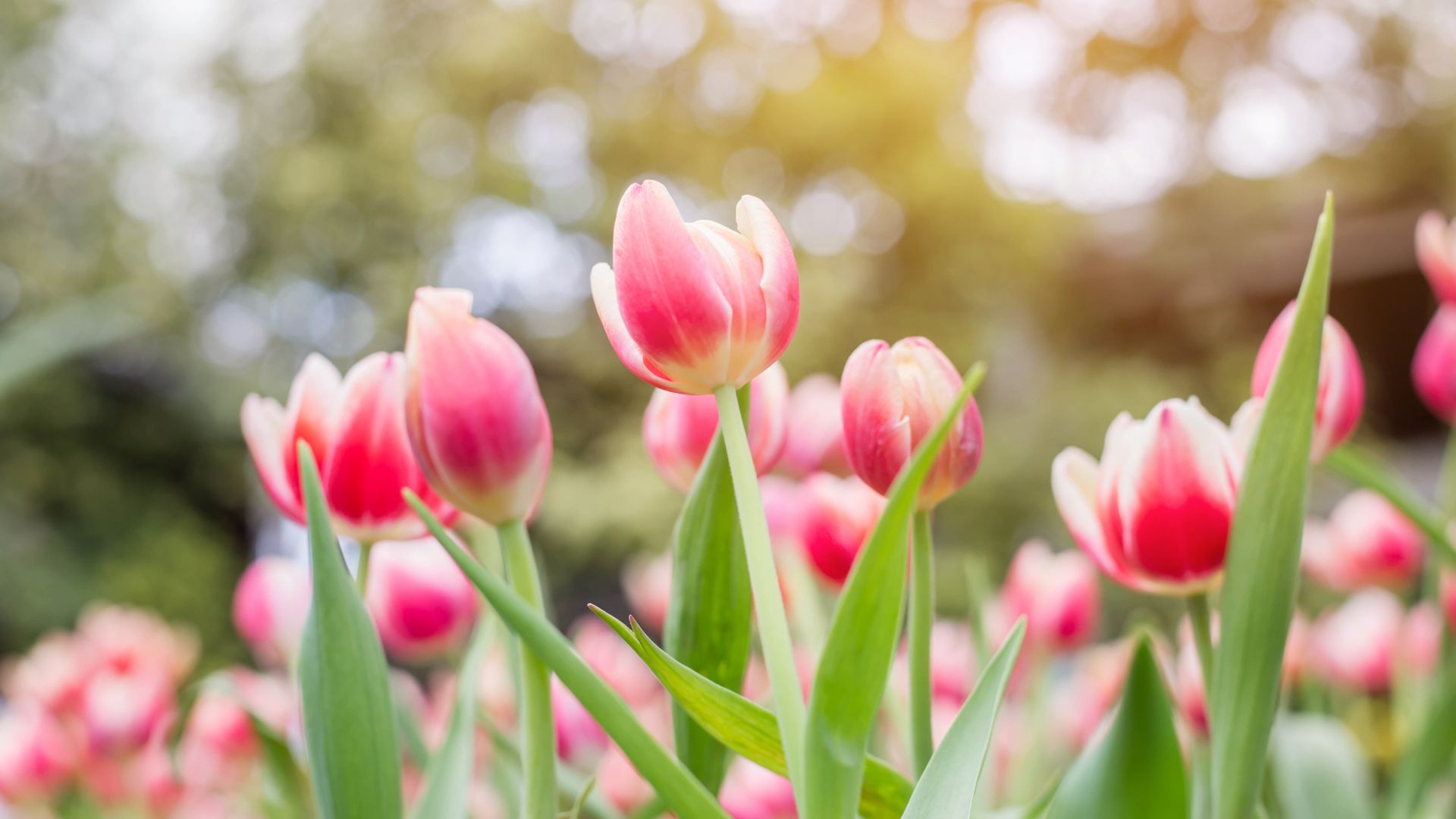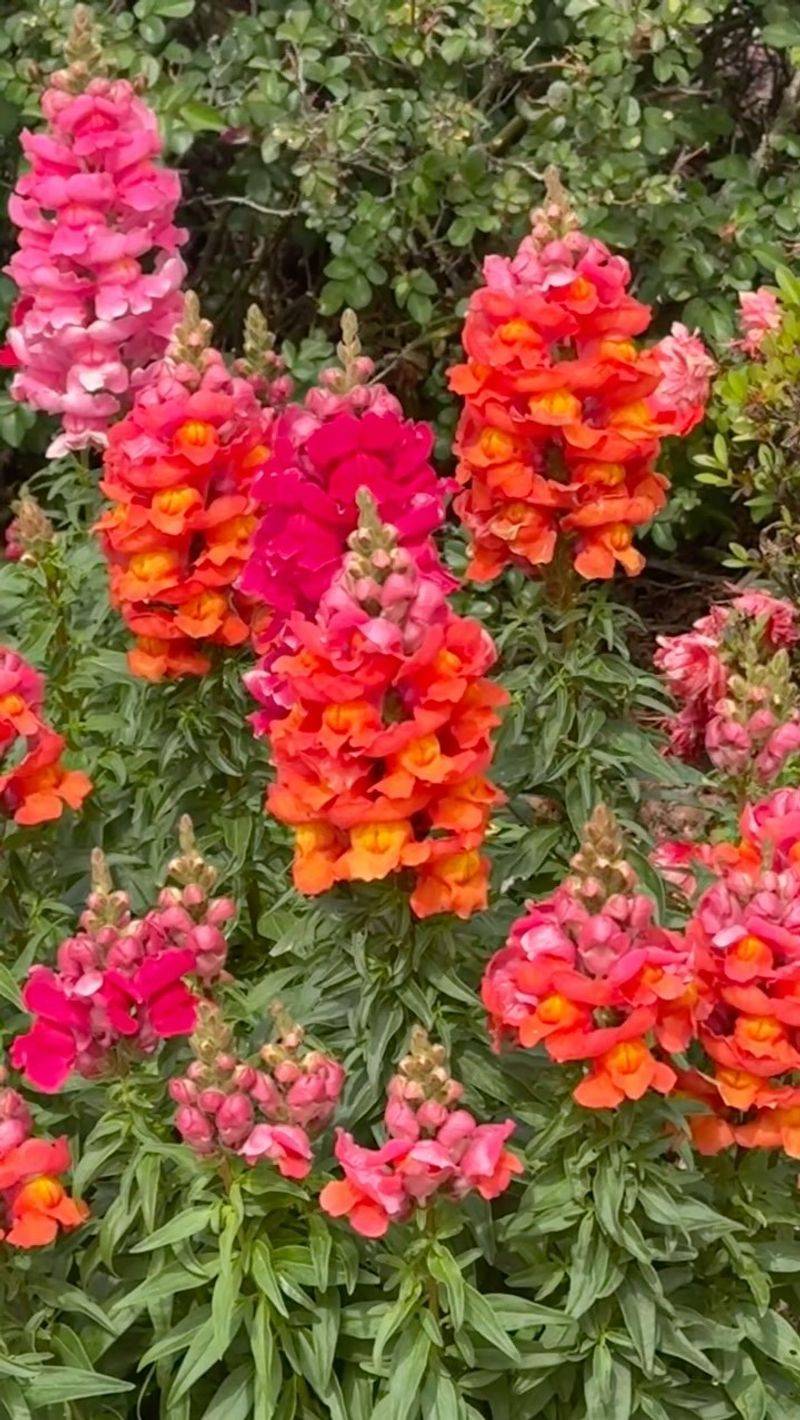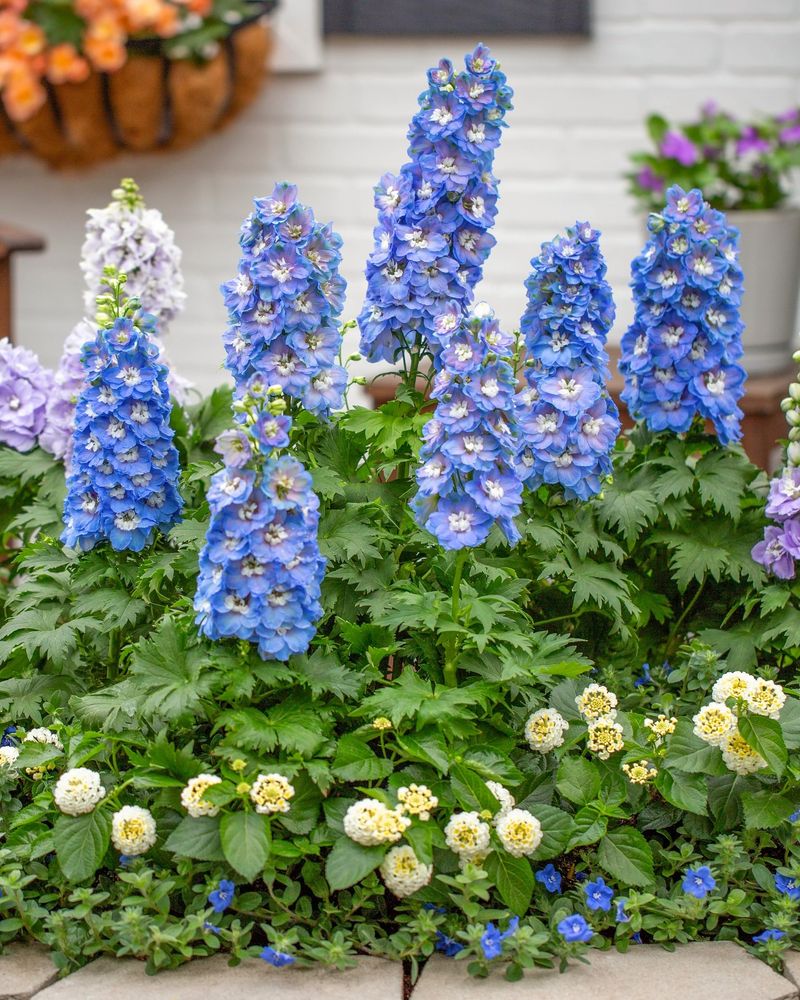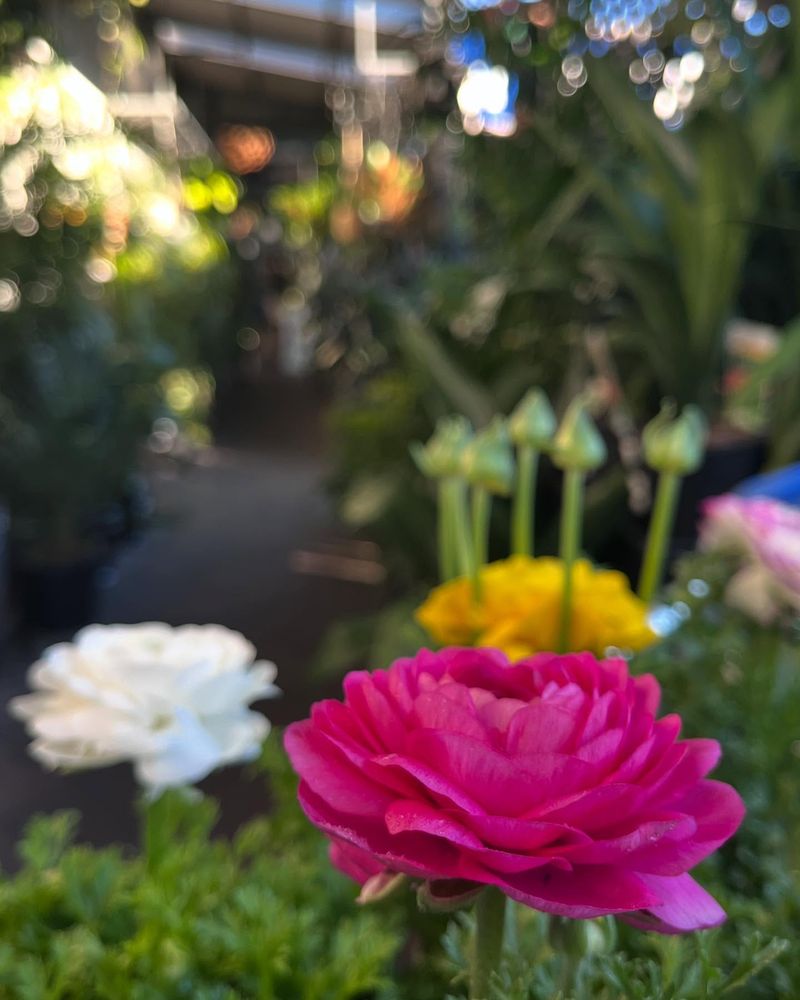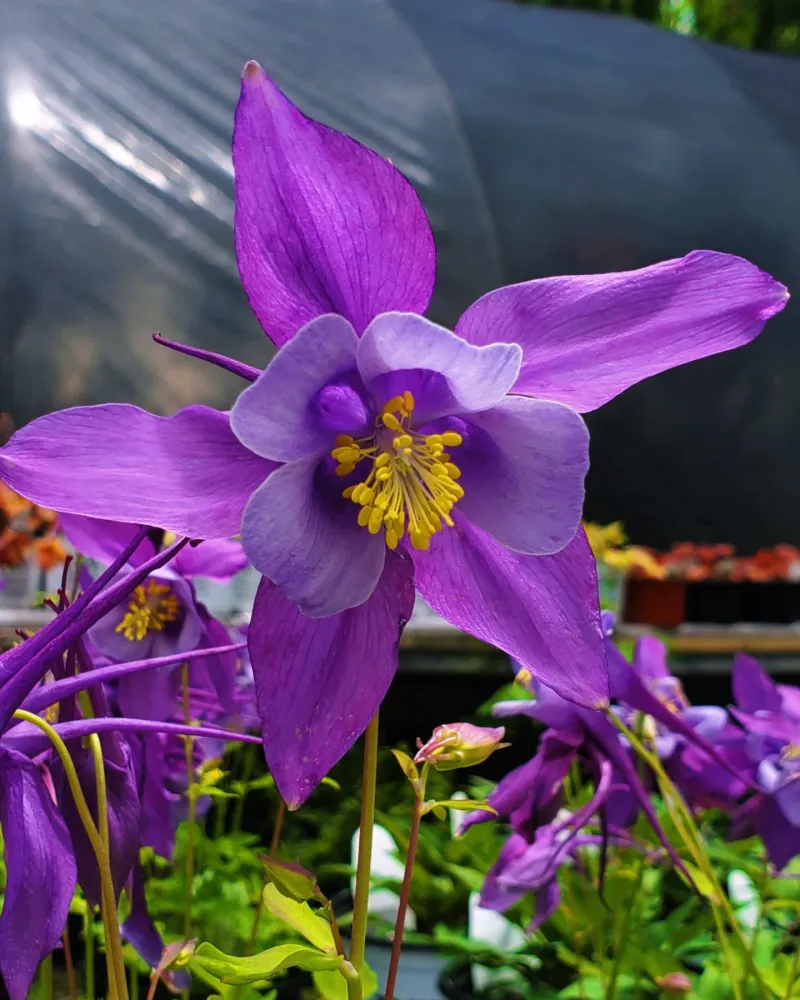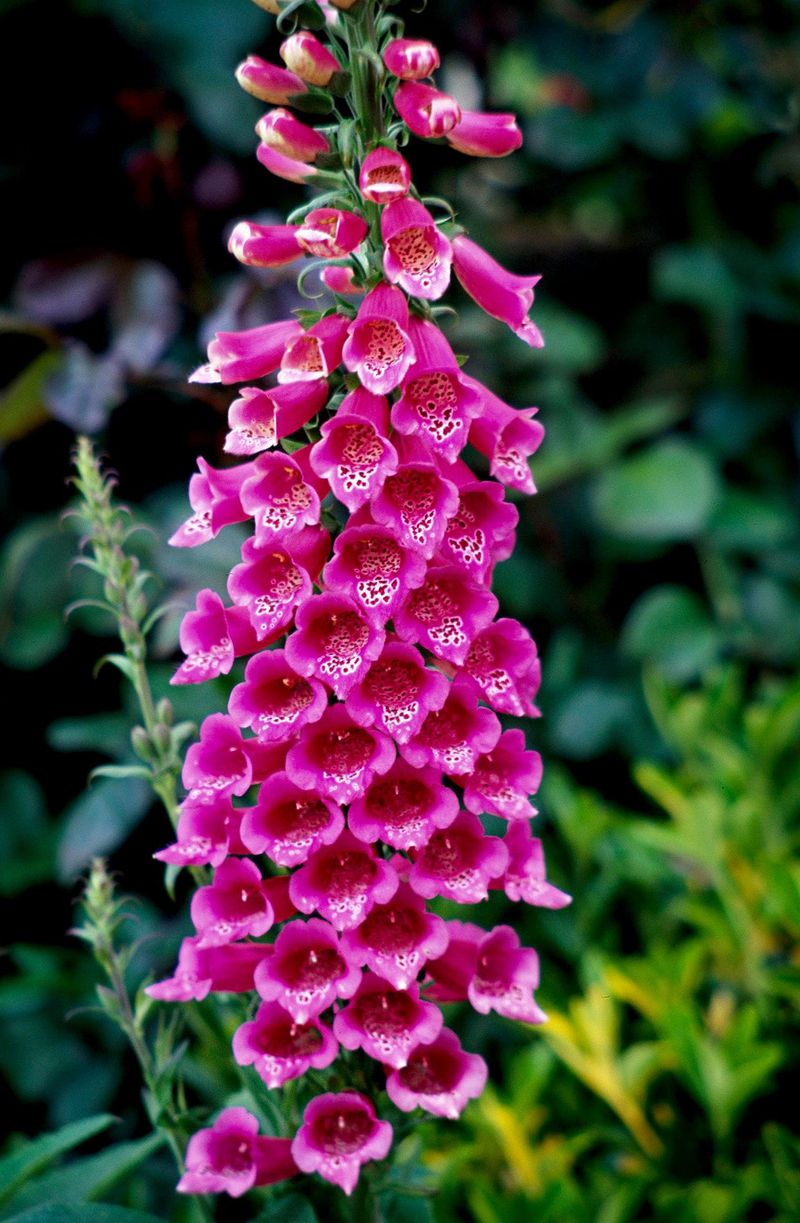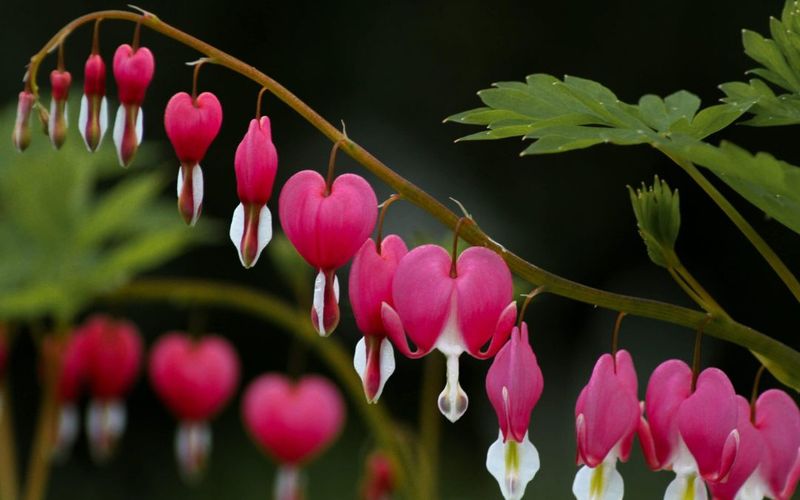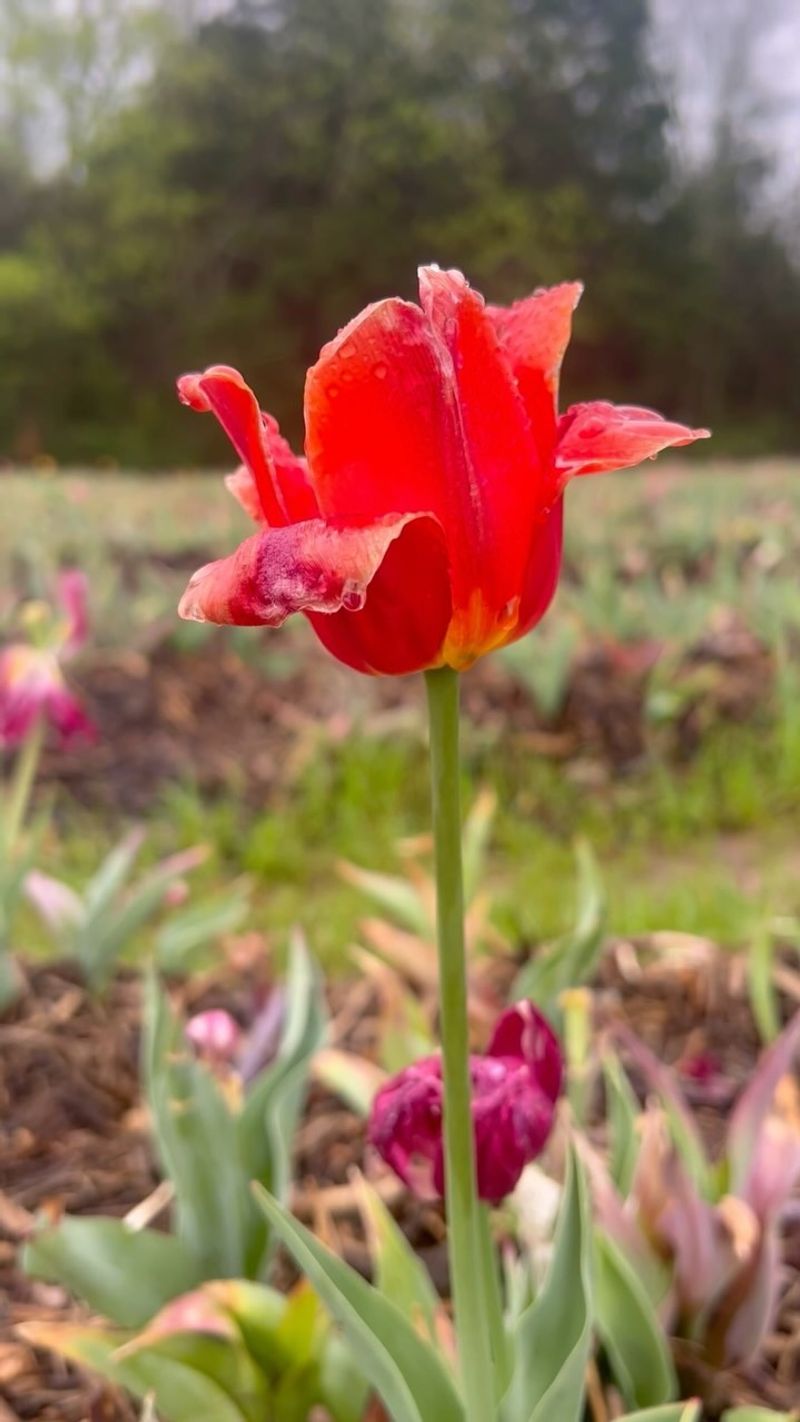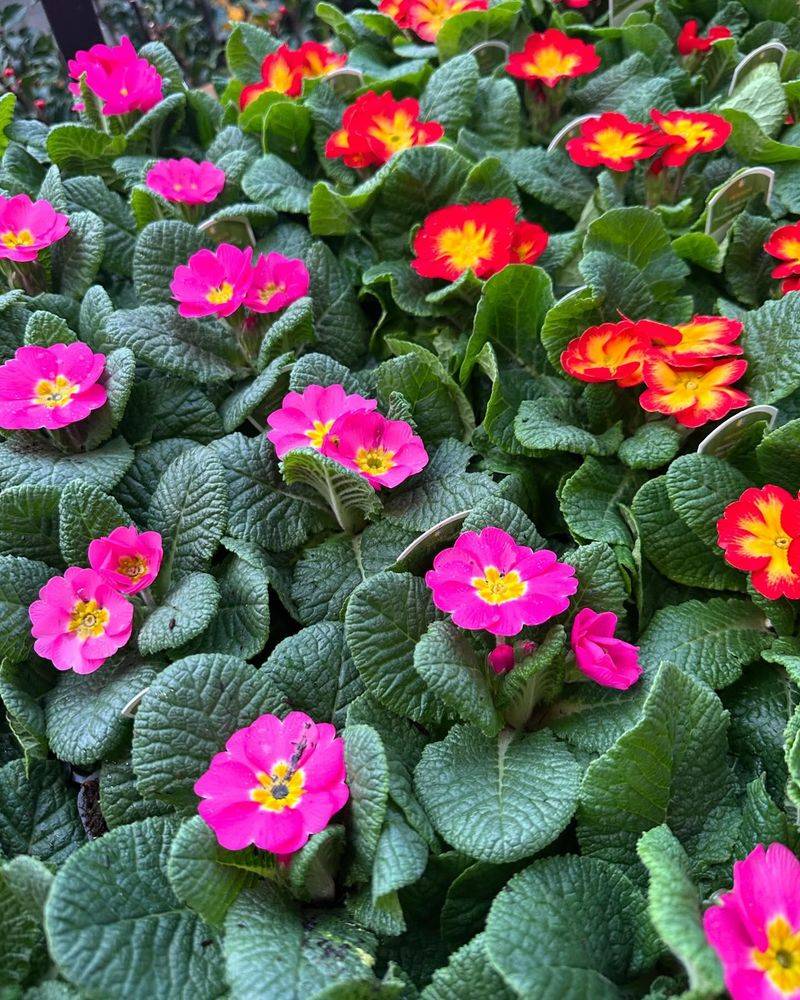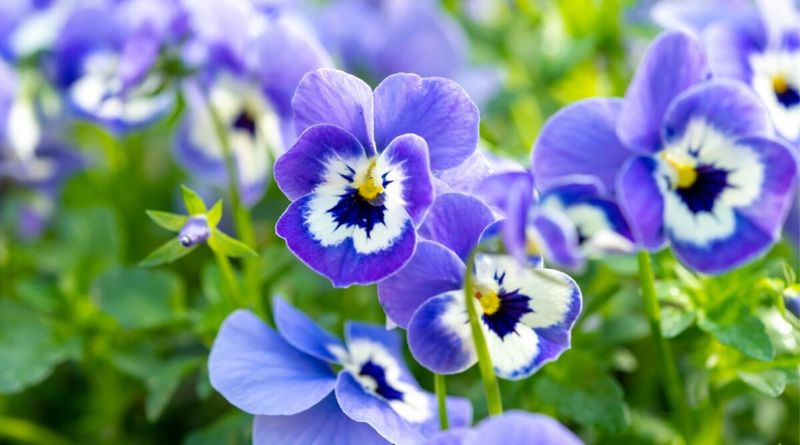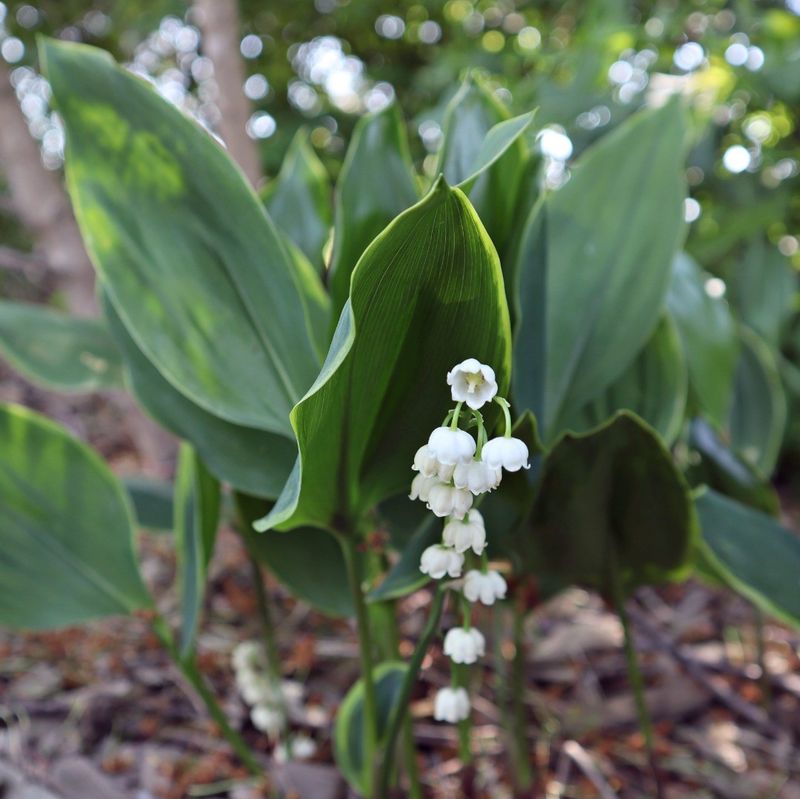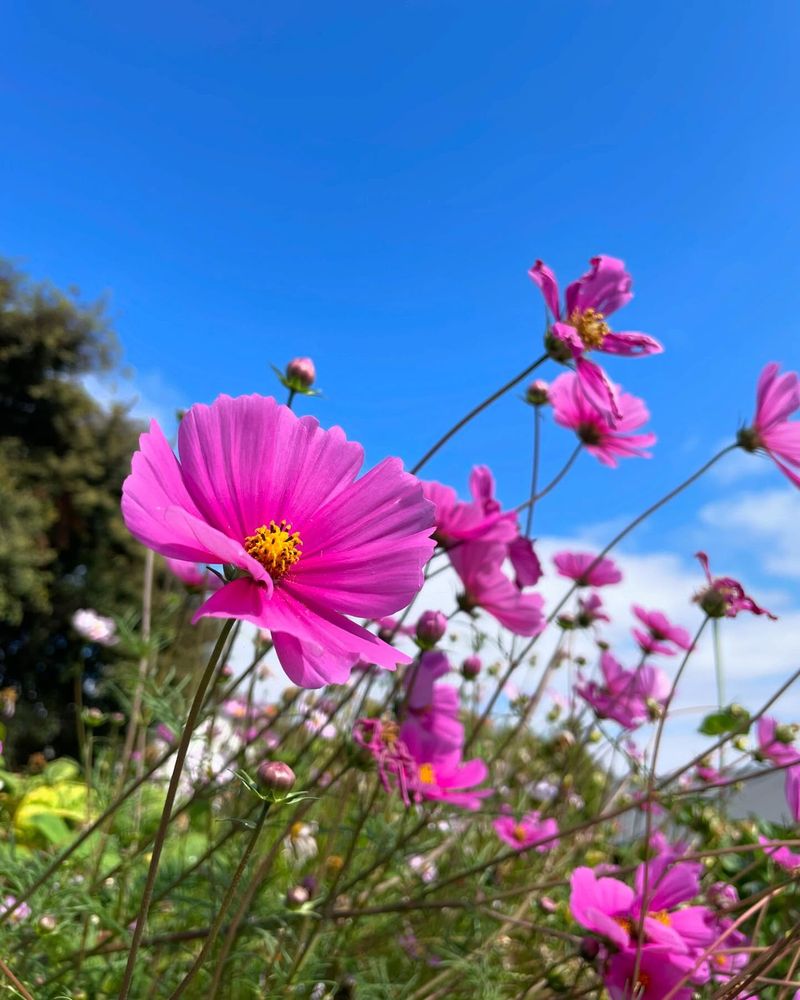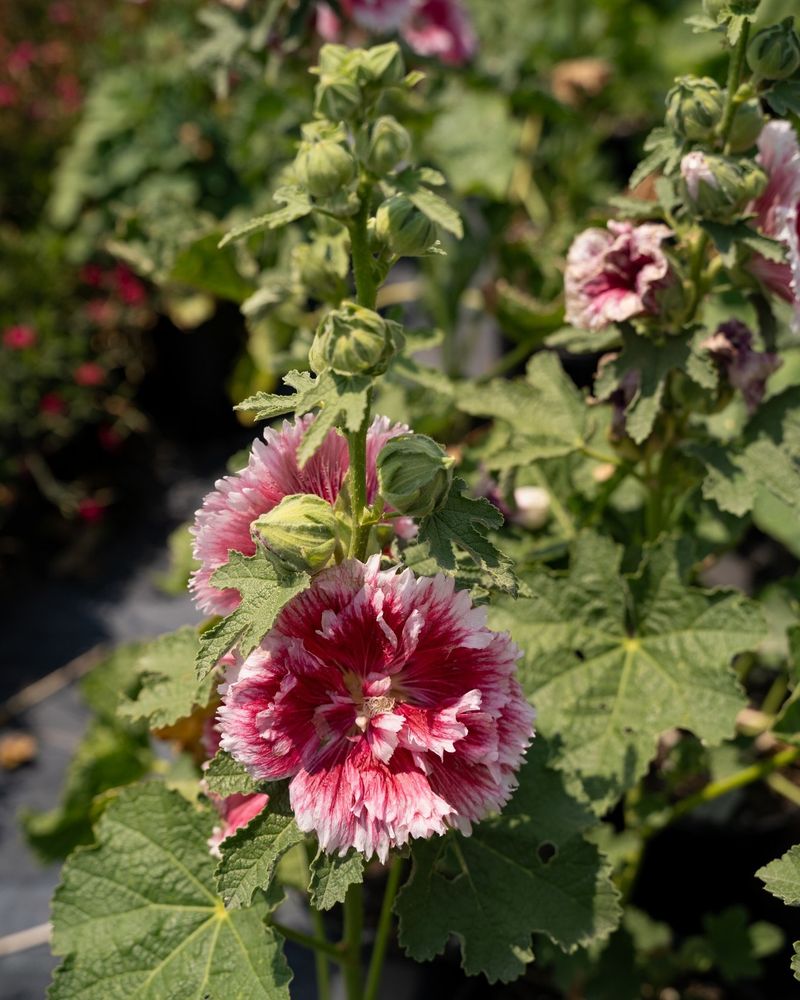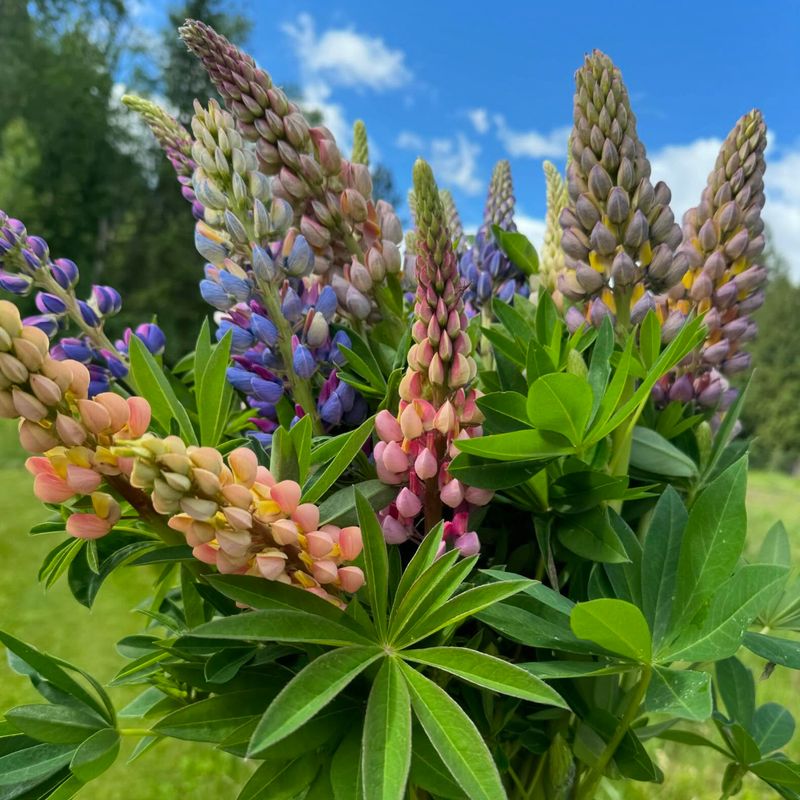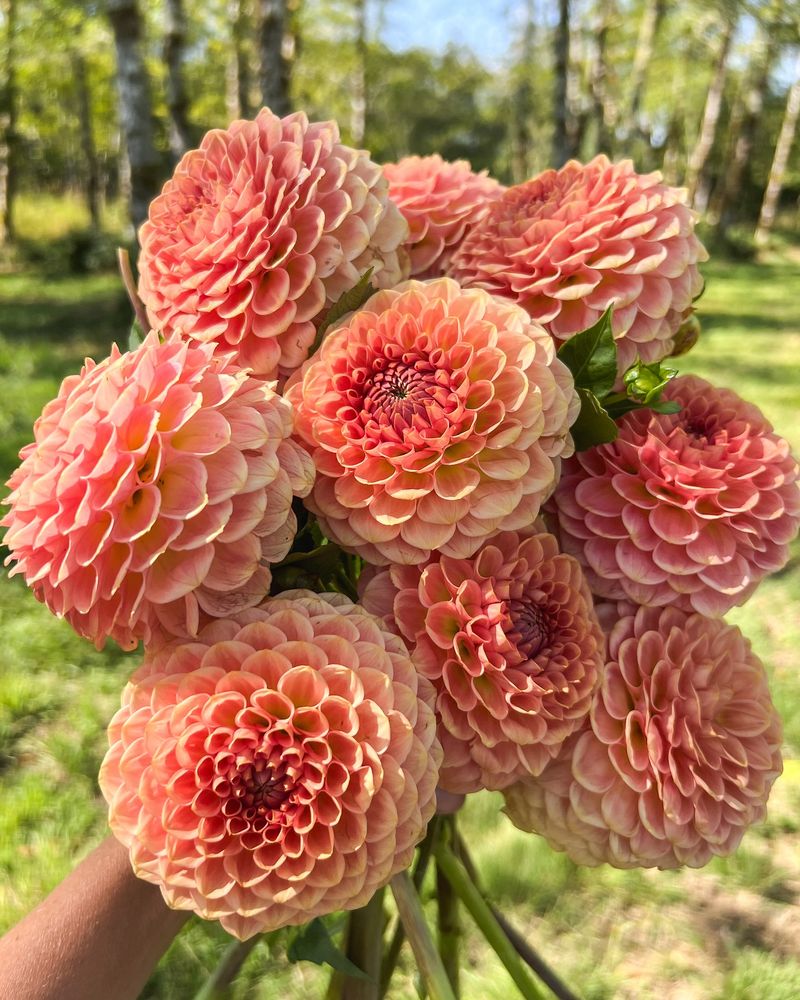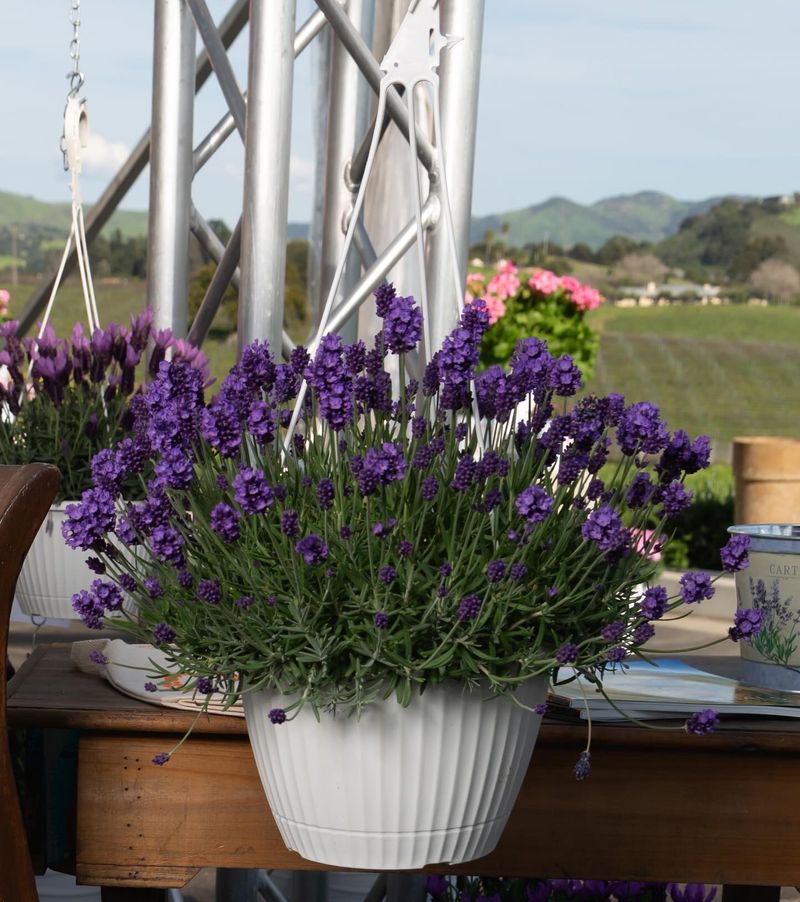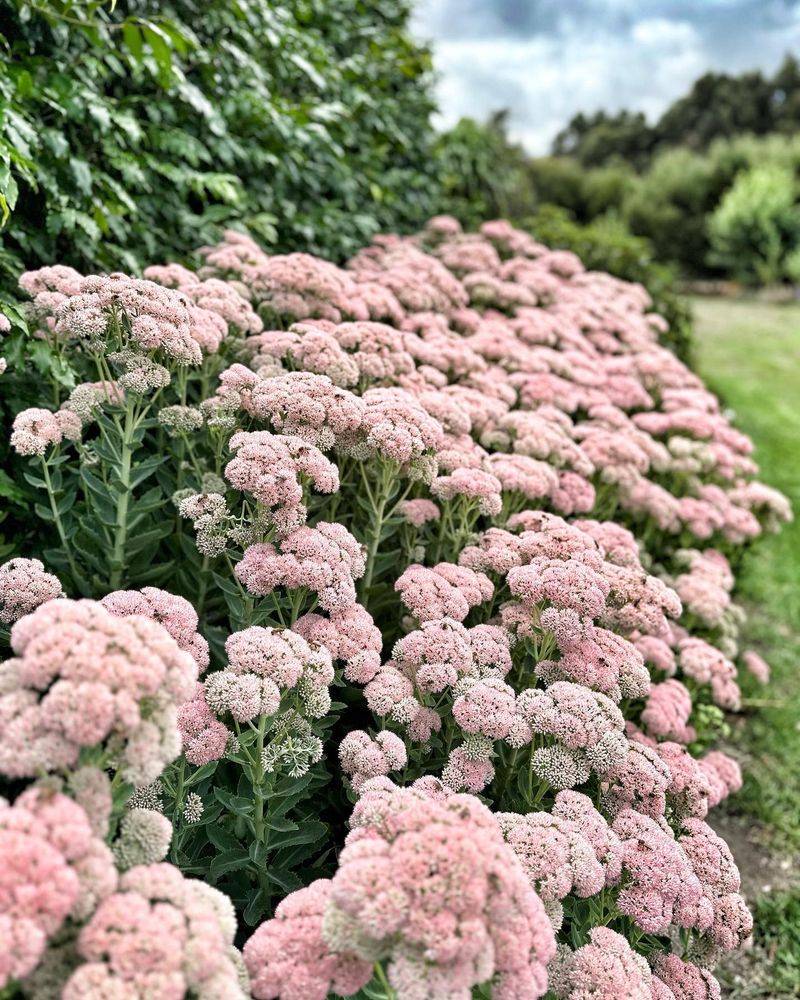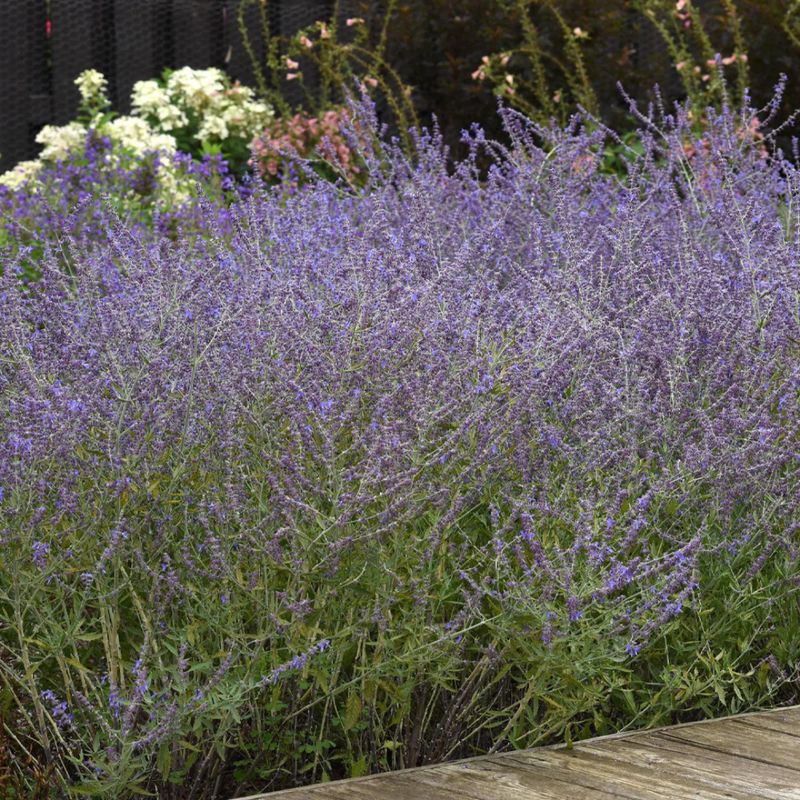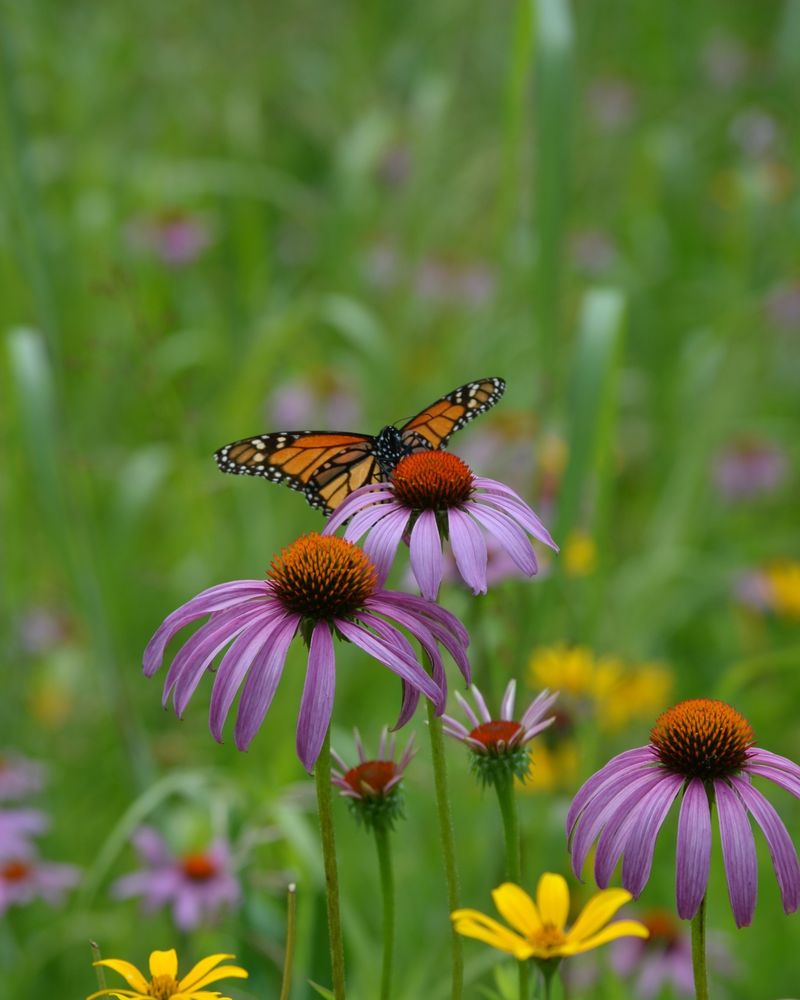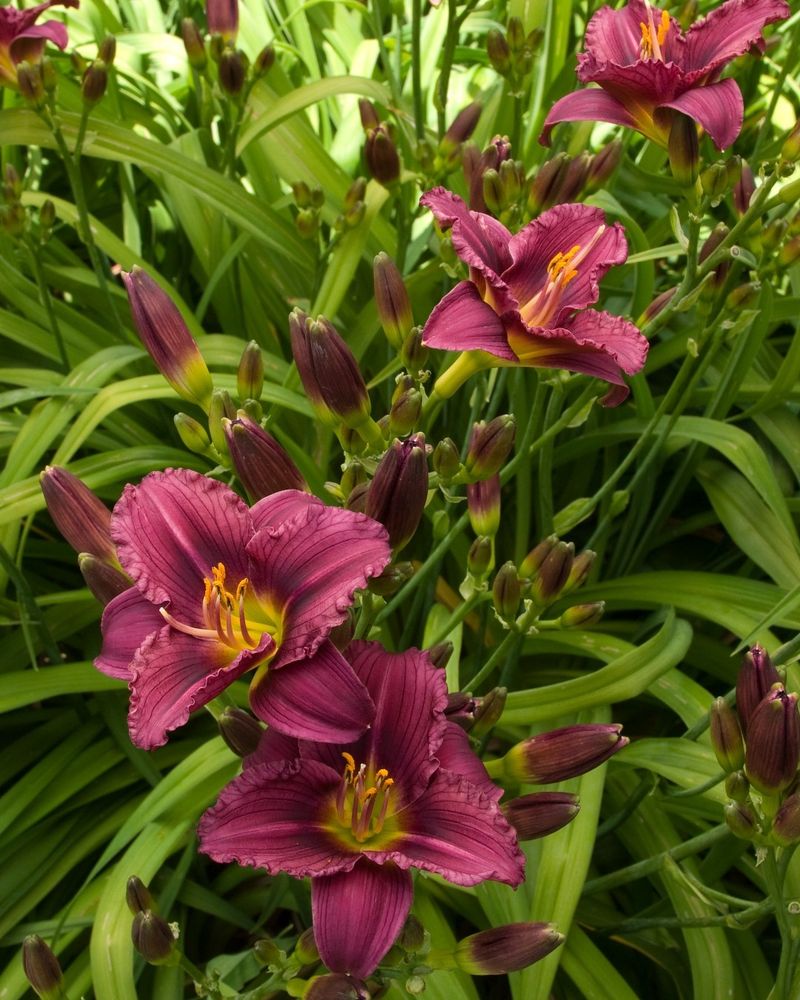Gardening often brings unexpected lessons about beauty and resilience. Those gorgeous blooms catching your eye at the garden center might disappear from your landscape faster than you’d hope, leaving empty spaces and disappointment behind.
Weather extremes, soil challenges, and pest problems can cut short the life of even the most promising plants. I’ve learned this the hard way after falling for a stunning purple foxglove that vanished after just one glorious season, teaching me to balance beauty with staying power.
Understanding which plants might be short-term visitors and which will become garden fixtures helps create a landscape that evolves beautifully without constant replacements. Let’s explore some breathtaking but brief garden guests—and a few steadfast companions that will stick around through thick and thin.
1. Snapdragons Shine Briefly
Beloved for their unique flower shape and rainbow of color options, snapdragons create dramatic vertical interest in spring and fall gardens. Children delight in squeezing the sides to make the “dragon” open its mouth.
Unfortunately, these beauties typically perform as short-lived annuals or tender perennials in most regions. Hot summer temperatures quickly send them into decline, and they rarely survive winter in zones colder than 7.
For longer-lasting displays, plant them in partial shade and deadhead regularly. Consider succession planting with heat-tolerant flowers to fill the gap when snapdragons inevitably fade away.
2. Delphinium’s Fleeting Drama
Standing tall with spires of blue, purple, or white flowers, delphiniums create a cottage garden dream. Their statuesque presence makes them irresistible, especially for gardeners seeking that classic English garden aesthetic.
Sadly, their glory often fades quickly. Most struggle in hot, humid climates and typically live just 2-3 years even in ideal conditions. Their hollow stems snap easily in wind and rain, while slugs and mildew further threaten their survival.
Extend their presence by planting in sheltered locations with morning sun and afternoon shade. Regular division every few years might help, but be prepared to replace them periodically.
3. Ranunculus: Here Today, Gone Tomorrow
Few flowers rival the paper-like perfection of ranunculus blooms. Their rose-like appearance and incredible color range make them popular for wedding bouquets and spring gardens alike.
Despite their show-stopping beauty, ranunculus typically perform as cool-season annuals in most gardens. They hate hot weather and quickly disappear when temperatures rise. In colder regions, the tubers rarely survive winter without being dug and stored.
Enjoy their fleeting display by planting in fall (zones 8-10) or early spring (colder zones). Consider them temporary guests rather than permanent residents, and plan for summer replacements.
4. Columbine’s Brief But Magical Appearance
With fairy-like blooms dancing above delicate foliage, columbines bring whimsical charm to spring gardens. Their unique spurred flowers attract hummingbirds while their blue-green foliage adds texture even when not in bloom.
Many gardeners discover that individual columbine plants often decline after just 2-3 years. While they self-seed readily, the original plants tend to be short-lived perennials. After flowering, the foliage frequently becomes unattractive with leaf miner damage.
Allow spent flowers to form seedheads for natural reseeding. This ensures a continuing columbine presence, though specific named varieties won’t come true from seed. Cut foliage back after flowering to encourage fresh growth.
5. Foxglove’s Disappearing Act
Towering spikes of tubular flowers make foxgloves dramatic garden standouts. Their woodland charm and cottage garden appeal have captivated gardeners for generations, creating unforgettable vertical drama.
The disappointment comes when you discover most foxgloves are biennials—growing foliage the first year and flowering the second before dying completely. Even perennial varieties tend to be short-lived, rarely lasting more than 3-4 years in the garden.
Maintain their presence by allowing some plants to set seed naturally. Deadhead others promptly for potential rebloom. Mark where they grow since the rosettes can be easily mistaken for weeds during their first year.
6. Bleeding Heart’s Summer Vanishing Trick
Spring gardens light up with the charming heart-shaped flowers of bleeding heart plants. Their arching stems create a fountain-like display that seems too perfect to be temporary.
While technically perennial, traditional bleeding hearts perform a disappearing act by mid-summer. The foliage yellows and dies back completely after flowering, leaving an empty space in your garden bed. This dormancy period often leads gardeners to think they’ve lost the plant entirely.
Mark their location to avoid accidentally digging them up when dormant. Plant summer-blooming perennials nearby to fill the void. Bleeding hearts will return next spring, but their seasonal nature means planning for their absence.
7. Tulips Fade After Their Spring Show
Nothing announces spring quite like tulips with their perfect cup-shaped blooms in every color imaginable. Their stately presence and clean lines make them irresistible additions to formal and casual gardens alike.
While they make a spectacular showing their first year, many tulip varieties decline rapidly in subsequent seasons. Hybrid tulips, especially the large showy types, often bloom poorly or not at all after their debut performance.
Only species tulips and certain Darwin hybrids reliably return year after year. For most varieties, plan to replant fresh bulbs each fall, or treat them as short-term investments in spring beauty rather than permanent garden fixtures.
8. Primrose’s Early Exit
Cheerful primroses bring welcome color to early spring gardens with their rosettes of bright blooms. Available in rainbow hues from pure white to deep purple, they seem like the perfect perennial ground cover.
Unfortunately, many gardeners find primroses disappear after just one or two seasons. They’re particularly finicky about summer conditions, hating both heat and drought. Without perfect moisture and light shade, they quickly decline.
Give them woodland-like conditions with rich, moist soil and protection from afternoon sun. Even with ideal care, consider them semi-permanent residents rather than lifetime garden companions. Divide every two years to maintain vigor and prepare for occasional replacements.
9. Pansies Pass Quickly
Those charming “faces” of pansies bring personality and color to gardens when little else blooms. Their incredible color range and ability to flower in cool weather make them garden center bestsellers every spring and fall.
Despite their popularity, pansies perform as temporary visitors in most gardens. Hot weather quickly turns these cool-season annuals leggy and bloom-free. While technically perennial in zones 7-10, they rarely look good for more than one season.
Maximize their display by planting in fall for southern gardens or early spring in northern areas. Remove spent flowers regularly to encourage continued blooming. When summer heat arrives, replace them with heat-loving annuals rather than watching them struggle.
10. Lily-Of-The-Valley’s Fleeting Flowers
The sweet fragrance and delicate white bells of lily-of-the-valley create magical spring moments in shady gardens. Their dainty appearance belies their tough nature as woodland ground covers.
While the plants themselves are long-lived, their flowering period lasts barely two weeks each year. After this brief show, you’re left with plain green foliage that often becomes ragged by late summer. The plants spread aggressively, sometimes becoming invasive.
Plant them where their spring magic justifies their year-round presence, perhaps in distant garden corners. Combine with later-blooming shade plants like hostas and ferns to maintain interest after the flowers fade. Remember all parts are highly toxic.
11. Cosmos Comes And Goes
Feathery foliage topped with daisy-like flowers makes cosmos a summer garden favorite. Their airy habit adds movement and casual charm, while their non-stop blooming attracts butterflies throughout the season.
As true annuals, cosmos complete their lifecycle in a single growing season. While they self-seed readily in some gardens, individual plants die with the first frost. In hot, humid climates, they may succumb to powdery mildew before season’s end.
Extend their display by deadheading regularly and making successive sowings every few weeks. Their quick growth from seed makes them economical despite their temporary nature. Allow some late flowers to form seeds for potential volunteers next year.
12. Hollyhocks Stand Tall, But Not For Long
Reaching for the sky with flower-covered spires, hollyhocks bring old-fashioned vertical drama to garden borders. Their towering presence creates instant cottage garden charm against walls and fences.
Most hollyhocks behave as short-lived biennials or perennials, flowering magnificently in their second year before declining rapidly. Rust disease frequently disfigures the lower leaves, making plants unsightly even while still blooming.
Maintain their presence by allowing some plants to set seed each year. Remove and destroy rust-infected leaves promptly. Consider growing them as intentional biennials—sowing fresh seeds annually for blooms the following year rather than expecting individual plants to persist.
13. Lupines Look Lovely, Leave Quickly
Few perennials match the architectural impact of lupines with their palm-shaped leaves and dense spires of pea-like flowers. Their stunning vertical form creates focal points in early summer gardens.
The reality check comes when these showstoppers begin declining after just 3-4 years in most gardens. They particularly struggle in hot, humid climates and heavy clay soils. Their deep taproots make them difficult to transplant or divide to rejuvenate.
Keep them going by collecting and sowing seeds from favorite plants. Provide excellent drainage and avoid disturbing their roots. In warmer regions, treat them as short-term investments rather than permanent fixtures, and have replacement plants in mind.
14. Dahlias Dazzle Then Disappear
From dinner-plate sized blooms to pom-pom forms, dahlias deliver spectacular late-summer flowers in every color except true blue. Their incredible diversity and long blooming season make them cutting garden essentials.
The catch? Dahlia tubers perish in cold winter soil, surviving only in zones 8-11. Northern gardeners must dig, clean, and store tubers each fall—a time-consuming process many gardeners eventually abandon. Without this effort, these tender perennials become expensive annuals.
Commit to proper storage or simply budget for new plants each spring. For easier care, choose border varieties with smaller flowers that can be grown from seed annually rather than the high-maintenance dinner plate types.
15. Lavender: A Mediterranean Plant That Struggles Elsewhere
Nothing evokes Mediterranean charm like lavender’s silver foliage and purple flower spikes. Their fragrance, drought tolerance, and pollinator appeal make them garden center bestsellers nationwide.
Yet many gardeners find lavender short-lived outside Mediterranean-like climates. In humid regions, fungal diseases often kill plants within 2-3 years. Cold, wet winters finish off many more, while heavy clay soils lead to root rot regardless of climate.
Improve success by planting in raised beds with excellent drainage. Avoid mulching directly around stems and prune lightly but regularly. Accept that replacement every few years may be necessary in challenging climates, and consider growing lavender in containers where conditions can be better controlled.
16. Sedum ‘Autumn Joy’ Stands Through Seasons
Among the most dependable perennials available, Sedum ‘Autumn Joy’ delivers multi-season interest without demanding constant attention. The succulent foliage emerges in spring, forming neat mounds that maintain good looks all summer.
By late summer, flat clusters of tiny pink flowers appear, deepening to rusty red by fall. Even the dried flower heads provide winter interest and food for birds. Unlike many perennials, sedums actually improve with age, forming larger clumps that rarely need division.
Their exceptional drought tolerance means they survive forgotten waterings and vacation absences with ease. Deer and rabbits typically avoid them, while butterflies flock to the blooms. Few perennials offer so much garden value with so little effort.
17. Russian Sage Provides Reliable Structure
Creating a haze of lavender-blue flowers from midsummer until frost, Russian sage brings both color and architectural form to the garden. The silvery stems and finely-cut foliage look attractive even before the flowers appear.
This tough-as-nails perennial shrugs off drought, poor soil, and neglect that would kill lesser plants. Once established, it requires almost no supplemental water, making it perfect for busy gardeners or water-restricted areas. The woody base gets more substantial each year.
Pollinators adore the tiny flowers while deer and rabbits leave it strictly alone. Simply cut back the stems to about 12 inches in early spring, then stand back and watch it perform year after year with minimal intervention.
18. Coneflowers Keep Coming Back
Native purple coneflowers (Echinacea purpurea) exemplify low-maintenance reliability in perennial borders. Their daisy-like flowers with distinctive central cones bloom for months in summer and fall, attracting scores of butterflies and bees.
Unlike fussier perennials, established coneflowers handle both drought and occasional flooding without complaint. Their deep roots help them survive challenging conditions that stress other plants. After several years, they form impressive clumps that can be divided to create more plants.
Leave the seedheads standing through winter to feed finches and other birds. The native purple variety significantly outlasts the fancy hybrid colors, which often revert or disappear after a few seasons. This prairie native delivers authentic garden toughness year after year.
19. Daylilies Deliver Decades Of Flowers
The perfect perennial for gardeners seeking long-term reliability, daylilies survive and thrive where other plants fail. Their arching, fountain-like foliage looks attractive even when not in bloom, providing structure throughout the growing season.
These tough plants handle everything from partial shade to full sun, clay soil to sandy conditions. Once established, they’ll bloom faithfully for 20+ years with minimal care. Their thick, tuberous roots crowd out weeds and help control erosion on slopes.
Modern reblooming varieties extend the flowering season from early summer into fall. When clumps eventually become overcrowded after many years, simply divide them to rejuvenate—and create free plants for other garden areas or friends.

